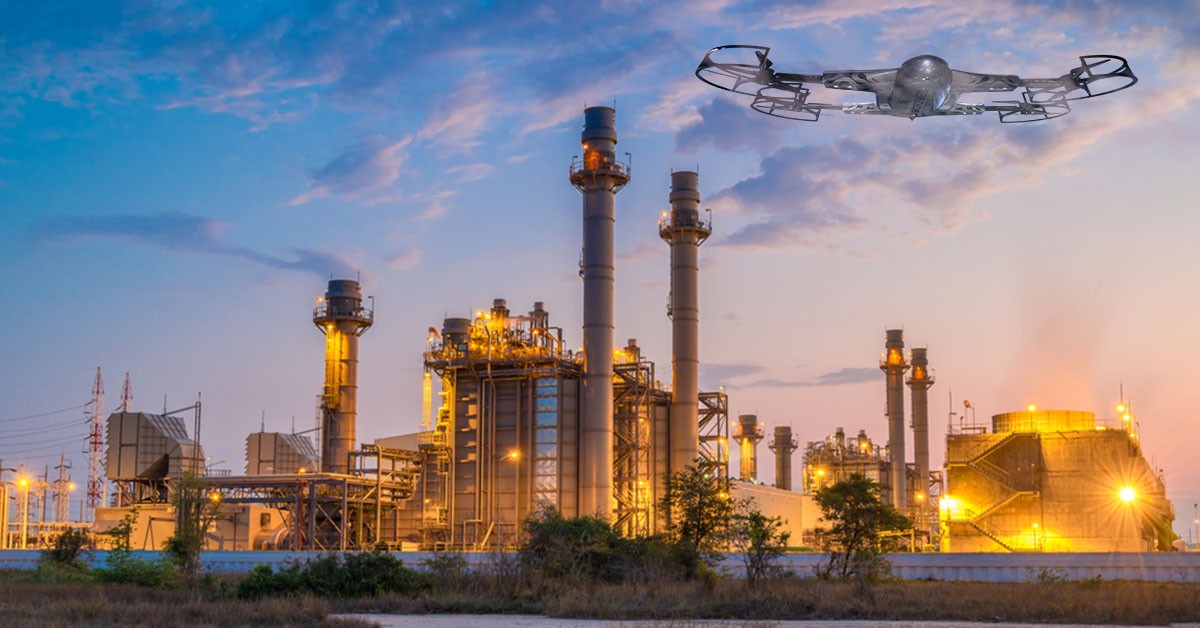The Role of Drones in the Oil and Gas Industry: Advancing Safety, Efficiency, and Cost Optimization
The oil and gas industry is rapidly adopting drone technology to enhance operational efficiency, improve safety, and cut costs. These unmanned aerial vehicles (UAVs) offer a faster, safer, and more cost-effective way to inspect infrastructure, monitor environmental impact, and respond to emergencies.
EFFICIENT INFRASTRUCTURE INSPECTION :
Regular inspections are essential for maintaining oil rigs, pipelines, and storage tanks. In the past, these assessments required human workers to climb tall structures, enter confined spaces, or use helicopters—posing risks and leading to downtime. Drones, equipped with high-resolution cameras and thermal imaging, now allow companies to perform these inspections remotely. They can quickly detect corrosion, leaks, or structural weaknesses without disrupting daily operations.
STREAMLINING INSPECTIONS :
Drones provide a fast, efficient, and safe way to inspect oil rigs, pipelines, and storage facilities. Equipped with high-resolution cameras and sensors, UAVs can detect issues such as corrosion or leaks without requiring shutdowns or exposing workers to dangerous conditions.
BOOSTING SAFETY:
By reducing the need for human workers to enter high-risk environments, drones help decrease workplace accidents. They can navigate hazardous zones, monitor operations remotely, and capture critical data without putting people in harm’s way.
REDUCING COSTS:
Drones lower costs by eliminating the need for expensive equipment like helicopters or scaffolding. They also help prevent operational downtime by performing inspections without disrupting normal activities. ENHANCING SECURITY AND MONITORING Drones increase security by providing real-time surveillance of vast oil and gas facilities. They can monitor perimeter security, detect unauthorized access, and offer valuable insights into emergency situations, improving overall facility protection.
.png)






Leave a Comment
Your email address will not be published. Required fields are marked *